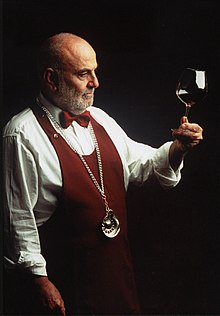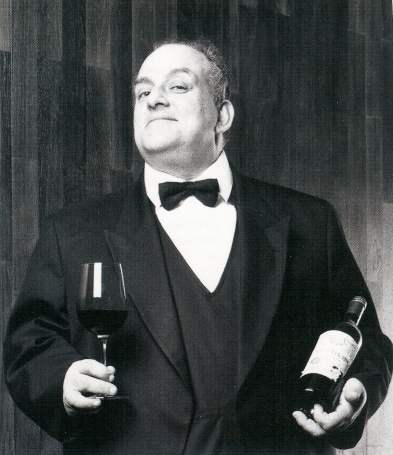The Economy
Before I
get into the bulk of this argument, I need to say one thing: I will not, and
let me repeat, WILL NOT, make this section into anything political. While this
portion of the series could easily go in that direction, I will not be letting
it. So, if you expect something that favors left, right, center, or sideways,
you will not get it.
For several
years now, we have been hearing about the recession. We hear about different
companies going into bankruptcy or getting bailouts, people being out of work
for long periods of time, and now, cities filing for bankruptcy. The world
seems to be in a downward spiral with no definable end. People are counting
their pennies more and more and not splurging on things as much as they were in
the 90’s and earlier 2000’s. Young people are having a harder time getting jobs
and saving money and debt is piling up. At this point, besides the possible feelings
of doom and gloom that may be rushing through you, you may also be wondering
what this has to do with wine staying relevant. Well, allow me to explain.
With more
people coming of drinking age due to the “baby boomlet”, the consumer base for
alcohol is growing. With this economy, the average net worth of those new
consumers has dropped. Currently, according to CNNmoney, the average net worth
of someone 25-35 is a little over $8,000. Now, factor in rent, school loans,
car payments, everyday expenses and we are not left with a whole lot of money
to spend on those “extra” things. Those “extra things” include wine and
spirits.
Setting the
money talk aside for a moment, let’s examine the consumption of these things.
With all of the wine in the world, about 90% of it is made to be consumed
within a year of it being bottled. Most younger consumers (being defined as the
25 to 35 year old age group in this case) won’t even wait that long, usually
drinking the bottle that day or within a week of taking it home. If it is
saved, many times it is not in ideal conditions and goes bad within a few years
at best. Liquor, for the most part, has no expiration date, mainly because the
higher alcohol levels allow for it to be opened and stay open without going
bad. In fact, it is almost impossible to make certain liquors go bad at all.
That higher alcohol content also means that a little will go much further than
a glass of wine.
All of that
being said, we turn back to talking about all of this in terms of dollars and
cents. According to Decanter, the average price of a bottle of wine has climbed
to over $15 a bottle, up almost 80% since 2002. They also say that the average
cost will continue to climb as much as 7.1% in the next 2 years. That is not an
insignificant jump, especially when you consider that the average alcohol level
per bottle is around 13%. Compare that to a bottle of booze; that same priced
bottle of booze will carry an alcohol content in the 40% to 50% range, meaning
that the likelihood of finishing a bottle in one sitting is slim to none. So,
that bottle will last the consumer longer than the bottle of wine will, cutting
their average spending on alcohol significantly. This also raises the question
as to why people are consuming. Is it for enjoyment, understanding, to get
drunk, or any number of other possibilities? This also helps dictate the amount
of money that people are willing to spend on the product itself.
So here is
how I view this economy argument. For the average 25-35 year old, they are not
thinking of wine as an investment, so the high end, collectable wines are out
of the question. I won’t be cynical an say that all people in that age group
are also drinking to get drunk, because I don’t think that this is the reason
everyone drinks. However, I do believe that everyone, especially people in
those age groups, are looking for value over anything. It is hard to argue that
the value of a bottle of liquor or a six pack is less than the value of a
similarly priced bottle of wine. Mathematically, it just isn’t. With all of
this, how does one make the argument for someone buying wine over other
alcohols of the same price?
It is a
hard argument to make, and often times one that does not make much head way. We
are in a generation that flocks to places with great cocktails and beer lists
rather than great wine lists. The thirst for more knowledge and understanding
of these products seems to be far greater than that of wine. Some of this goes
back to the first part of this series and the conversation of wine being
approachable. Does price make it less approachable as well? I would tend to
argue that is does and that, and until people have more liquid assent to spend
on wine and exploring it, that the trend will stay that way.





